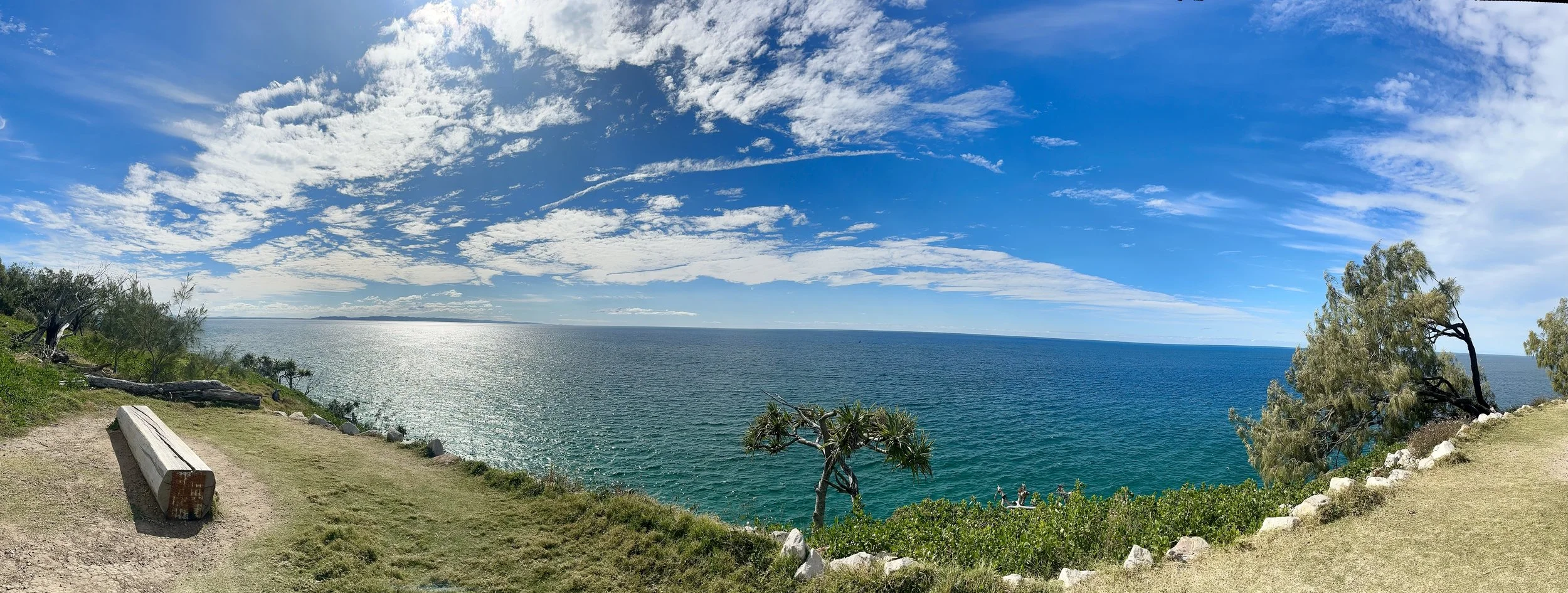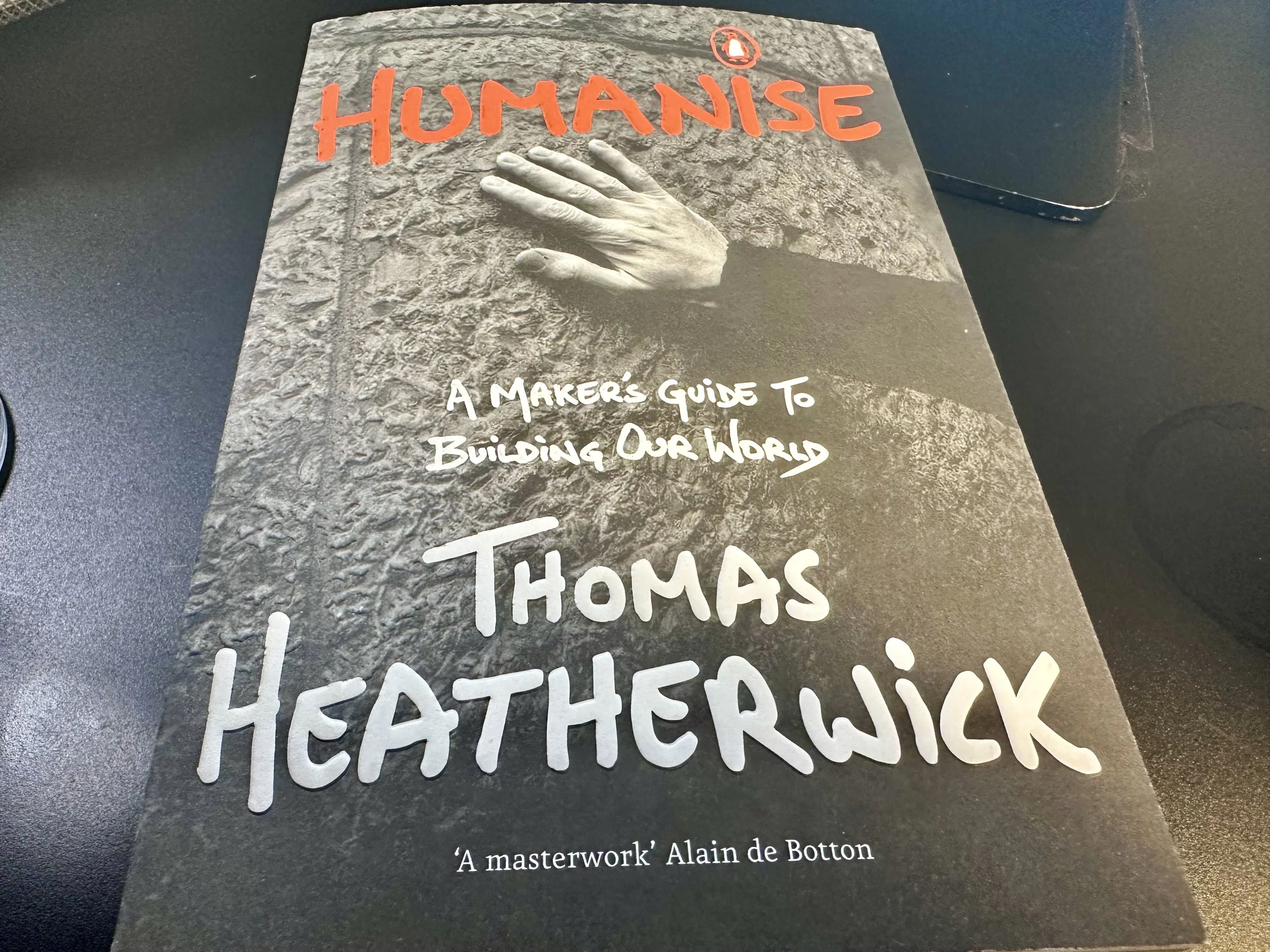What if we could Humanise our cities again?
/Lennon and Macartney wrote: “There are places I'll remember | All my life, though some have changed | Some forever, not for better | Some have gone, and some remain”. We often think of our lived experience through people and places, with our emotions and feelings heightened by being there with someone we love. There the setting, the context, the landscape and the shadows of that place matter. Places are important to us, but not just the shoreline, the mountains or the open fields. Our cities as places and their buildings also matter. They really do. In our modern cities, the lived environment is much less evocative than the lyrics of the Beatles doleful tune. For too today many it’s awful; high-rise, unkempt, broken, dangerous and desolate. For every Shard in London, there are regrettably numerous potential Grenfell Towers. For those overlooking the Thames, in their own version of a modern-day Babel, with vertigo inducing balconies, and entrances guarded by camera and concierge, their residents might find solace and anonymity, and be neighbourless, but at what cost to their souls? Modern city architecture is almost universally unloved; unwrapped cold, nondescript and meaningless. Every new Mall and office looks the same. Only, shinier.
Spend ten minutes in central Florence, or Rome, or Barcelona and you are overwhelmed by a sense that buildings, streets, spaces and vistas really matter. Not just as elegant architecture, but as a frame and an ambition ladder to our lives. In 2010, I had a chance to attend the World Expo in Shanghai. I have written elsewhere that the trip had a profound impact on me. Each country represented at the World Fair were able to build a Pavilion – a single structure, a unique building to encompass the essence of a nation, its people, as well as a vision for the future of cities. I visited the UK pavilion, called the ‘Seed Cathedral’ – an extraordinary design and construction by British designer Thomas Heatherwick. A building made of 60,000 thin rods, each containing a single seed, subsequently to be planted somewhere in the world when the construction was dismantled. The building seemed organic, not built by engineers, and it moved in the wind.
Thirteen years later, I am sat on Heatherwick redesigned London bus (Route 38) holding a copy of his new book HUMANISE - A Maker’s Guide to Building Our World. Heatherwick feels our world is losing its humanity and that our cities are soulless and depressing, as if designed for business only, not for human beings. He makes the case for literally re-building society, community and humanity itself through better buildings. It’s an aspiration that seems so remote, challenging and odd that it is easy to dismiss, and simply shrug as we walk-on past yet another edifice of glass and steel. But what if we didn’t and determined to build our cities like Rome again? Maybe we would raise our heads once more, and stop and pause and feel awed and inspired. And if we did that, what might that mean for how we thought about our place in the world, our work, or our neighbours, or one another? Heatherwick’s is a beautiful, rather moving book, that - literally textured - even feels amazing to hold. I hope now it plants some seed of imagination amongst those commissioning buildings, as well as the architects, planners, politicians and mayors.







